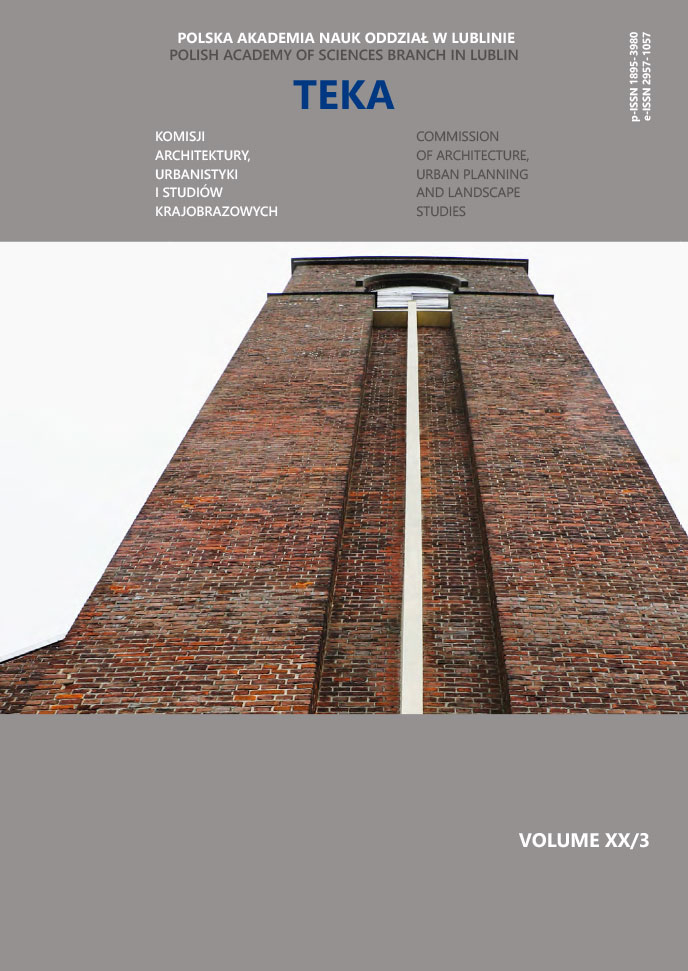Submissions
Submission Preparation Checklist
As part of the submission process, authors are required to check off their submission's compliance with all of the following items, and submissions may be returned to authors that do not adhere to these guidelines.
- The submission has not been previously published, nor is it before another journal for consideration (or an explanation has been provided in Comments to the Editor).
- The article is written in English language.
- The article file is in one of the editable formats: .doc, .docx or rtf.
- The work has an even number of pages (from 6 to 20).
- The article includes: title, authors’ data, abstract, keywords, main text, bibliography, biographic notes of all the authors.
- The authors’ data placed on the first page of the article include: full names and surnames of the authors (not only initials), affiliations (university, department, city, country), ORCID number.
- The abstract does not exceed 300 words nor contains references, briefly describes the aims, materials, methodology and main results and conclusions of the described research.
- The number of the keywords does not exceed 6.
- Drawings, charts, photographs and all descriptions included therein are made as single objects (e.g. there are no descriptions made "on the drawing" in the form of text fields).
- Descriptions on drawings, diagrams or photographs are in English and have a size of 7-10 pt.
- All acknowledgments, including supporting grants, presentations etc., are placed at the very end of the paper before the references.
- The bibliography is prepared in accordance with the Oxford style.
- The reference list is given at the end of the article, numbered in the square brackets and arranged alphabetically by surnames of the first authors; all the references are cited within the text.
- Citations of references in text are identified by the footnotes (number in the superscript, the text of the note at the bottom of the page).
- The bibliography is prepared in the Latin alphabet.
- The information in each reference is complete and accurate.
Copyright Notice

Each work in this journal is licensed under a Creative Commons Attribution 4.0 International License (CC BY 4.0 Int.).




